Maestro John DeMain and the Madison Symphony Orchestra (MSO) will deliver a diverse and exciting season of composers and guest artists for the2014-2015 Season. Beginning with a September program that focuses on the highly-talented musicians in the orchestra, DeMain will lead the audience through an exhilarating variety of themes and cultures throughout the season. Russia, Scandinavia, and Golden-Age Hollywood are just a few of the sound worlds the MSO will explore, while monumental works central to the orchestra, such as Beethoven’s Symphony No. 9, will anchor the year. This season also marks the 10th anniversary of the orchestra’s move into Overture Hall.
A world-class roster of guest artists has been invited to Madison for the season’s performances, including violinist Sarah Chang, pianist Olga Kern, violinistDaniel Hope, pianist Ingrid Fliter, and pianist Christopher Taylor. The immeasurable talent set to perform in Overture Hall ensures that the coming season is not to be missed!
(* below denote first-time performances for the MSO under Conductor John DeMain.)
SEPTEMBER 19, 20, 21, 2014
Orchestral Splendor
John DeMain, Conductor
Madison Symphony Orchestra
RICHARD STRAUSS, Also sprach Zarathustra
FRANK MARTIN, Concerto for Seven Winds*
CAMILLE SAINT-SAËNS, Symphony No. 3 (Organ Symphony)
- Strauss’ Also sprach Zarathustra was once among his least performed works, but it is now firmly established as standard orchestral repertoire. The trumpet theme and thunderous timpani entrance (heard in Stanley Kubrick’s “2001: A Space Odyssey”) are unmistakable.
- Martin’s Concerto for Seven Winds was written in 1949. It features seven soloists from the MSO, exploring differences in sonority and expression. The virtuosic and conversational writing in these piece results in a playful, sportive character.
- Saint-Saëns’ Symphony No. 3, known also as the “Organ Symphony,” draws on elements of both the conventional symphony and the tone poem. Unusual in its own time, yet popular from its conception, the work features virtuosic piano and organ passages.
OCTOBER 17, 18, 19, 2014
The Russian Spirit
John DeMain, Conductor
Olga Kern, Piano
PETER ILYICH TCHAIKOVSKY, Suite from Swan Lake
SERGEI RACHMANINOFF, Concerto No. 1 for Piano (Olga Kern)
DMITRI SHOSTAKOVICH, Symphony No. 6*
- The Suite from Swan Lake tells the magical tale of a young prince enchanted by a swan maiden under the moon light. Tchaikovsky’s charming work utilizes haunting melodies, captivating waltzes, Russian and Hungarian folk themes, and a Spanish dance.
- Rachmaninoff’s Concerto No. 1 for Piano displays a youthful freshness and an assertive, extroverted personality. Indeed, the composer began this work when he was 17! For audience members who delight in keyboard fireworks, this piece will thrill.
- Symphony No. 6 by Shostakovich, written as war clouds were gathering in Russia, was quite a contrast to Symphony No. 5. Lopsided movement lengths, a lack of obvious theme, and characters of anxiety and desolation reflect the intriguing political situation of the time, as well as Shostakovich’s own remarkably wide emotional compass.
NOVEMBER 7, 8, 9, 2014
Scandinavian Wonders
John DeMain, Conductor
Sarah Chang, Violin
EDVARD GRIEG, Lyric Suite
JEAN SIBELIUS, Concerto for Violin (Sarah Chang)
CARL NIELSEN, Symphony No. 4 (The Inextinguishable)*
- Over the course of his long career, Edvard Grieg composed 66 Lyric pieces for piano, strongly rooted in the songs, dances, mythology, and spirit of his homeland, Norway. He selected four of these diverse miniatures for an orchestral suite, premiered in 1906.
- “…For…10 years it was my dearest wish to become a great [violin] virtuoso.” wrote Finnish composer Jean Sibelius. Unfortunately he never reached great proficiency on the instrument, and his Concerto for Violin, awash in Nordic textures, expresses a melancholic farewell to that childhood dream.
- As a philosophical guideline to his masterwork, Symphony No. 4, Danish composer Carl Nielsen said, “Music is life, and, like life, inextinguishable”. The piece, written against the backdrop of World War I (which started 100 years ago come July 2014), exudes Nielsen’s belief that one simply cannot kill the human spirit. Four interlinked movements of frequently agitated energy lead to an irresistible climactic “battle” of tympanis and ultimate triumph in grand 19th century symphonic tradition.
DECEMBER 5, 6, 7, 2014
A Madison Symphony Christmas
John DeMain, Conductor
Alyson Cambridge, Soprano
Harold Meers, Tenor
Madison Symphony Chorus
Beverly Taylor, Director
Madison Youth Choirs
Michael Ross, Artistic Director
Mt. Zion Gospel Choir
Leotha Stanley, Director
- John DeMain and the Madison Symphony don their Santa hats for this signature Christmas celebration. This concert is filled with traditions, from caroling in the lobby with the Madison Symphony Chorus to vocal performances by hundreds of members of Madison’s musical community. Christmas classics are interwoven with enchanting new holiday music. The culminating sing-along is Madison’s unofficial start of the holiday season!
FEBRUARY 13, 14, 15, 2015
Fliter Plays Chopin
John DeMain, Conductor
Ingrid Fliter, Piano
BENJAMIN BRITTEN, Variations on a Theme by Frank Bridge*
FREDERIC CHOPIN, Concerto No. 2 for Piano (Ingrid Fliter)
ROBERT SCHUMANN, Symphony No. 4
- Frank Bridge, one of Britten’s earliest composition teachers, was certainly responsible for the surpassing clarity, individuality, and discipline in Britten’s most cherished works. Britten’s “Variations” on Bridge’s theme range from passionate to playful, capturing the heartfelt musical admiration of a pupil for his teacher.
- From the moment he arrived in Paris at age 21, Chopin drew the admiration of both the public and esteemed critics, alike. Concerto No. 2 was in fact his first concerto, displaying the composer’s prolific improvisatory and imaginative style.
- In composing Symphony No. 4, Schumann departed significantly from the standard Classical form he previously employed, connecting all four movements with recurring musical ideas–a novel proposition at the time.
MARCH 6, 7, 8, 2015
Composers in Exile: Creating the Hollywood Sound
John DeMain, Conductor
Daniel Hope, Violin
FRANZ WAXMAN, Sinfonietta for Strings and Timpani
MIKLÓS RÓZSA, Theme, Variations and Finale
ERICH KORNGOLD, Concerto for Violin (Daniel Hope)*
MIKLÓS RÓZSA, Parade of the Charioteers from Ben Hur
MIKLÓS RÓZSA, Love Theme from Ben Hur (Daniel Hope)
MIKLÓS RÓZSA, Love Theme from Spellbound (Daniel Hope)
ERICH KORNGOLD, Suite from Captain Blood
FRANZ WAXMAN, Ride of the Cossacks from Taras Bulba
- This unique crossover concert features the works of great Jewish composers before, during, and after they fled Nazi persecution. It also showcases their brilliant contributions to Hollywood film scores and the landscape of classical music in the US.
- Waxman’s Sinfonietta, written for only strings and timpani, is comprised of three wildly different movements.
- Waxman, who was responsible for a long list of memorable Hollywood scores including Sunset Boulevard, The Bride of Frankenstein, and Dr. Jekyll and Mr. Hyde, also composed the soundtrack for the 1962 epic, Taras Bulba. Ride of the Cossacks is the exhilarating theme to which Taras and his army gallop to Dubno.
- According to Rózsa, his “Theme “ was conceived in the manner of a Hungarian folk song, then treated in variations of contrasting feeling, and summarized in a wild and swift finale. The 1934 work earned him his first international success.
- By the late 1940s, Rózsa was an Oscar-winning, film-score composer, and joined the staff of Metro-Goldwyn-Mayer. His thrilling score for the 1959 film, Ben Hur, is one of his lasting achievements, earning him his third and final Oscar.
- Korngold’s Concerto for Violin, written in 1945, perfectly blends the two musical lives of the composer, unapologetic in both its rigorous craftsmanship and its Hollywood charm.
- Captain Blood was a milestone for Korngold, as it was his first fully symphonic movie score. Produced in only three weeks, the music evidences his most professional and imaginative effort.
APRIL 10, 11, 12, 2015
Piano Genius
John DeMain, Conductor
Christopher Taylor, Piano
JOHANN SEBASTIAN BACH, Concerto No. 4 for Clavier (Christopher Taylor)
FRANZ LISZT, Concerto No. 1 for Piano (Christopher Taylor)
ANTON BRUCKNER, Symphony No. 7*
- Concerto No. 4 is part of a set of six concertos, dated to 1738. The piece was originally written for harpsichord and is ripe with movement and ornamentation. Bach’s concertos laid a crucial formal and harmonic groundwork for centuries of composition to follow.
- Liszt’s Concerto No. 1 for Piano is more than a century-long leap forward in time. Liszt’s romantic genius is unabashedly on display, with thick orchestration, cadenzas that range from delicate to thundering, and lush harmonies. Taylor, a pianist of international caliber, is also professor of piano at the University of Wisconsin-Madison.
- Bruckner was a country man, transplanted into bustling cosmopolitan Vienna, and he and his music were unlikely successes with audiences and critics. His music was said to “compel the element of the divine into our human world”.
MAY 8, 9, 10, 2015
Ode to Joy
John DeMain, Conductor
Naha Greenholtz, Violin
Melody Moore, Soprano
Gwendolyn Brown, Contralto
Eric Barry, Tenor
Morris Robinson, Bass
Madison Symphony Chorus
Beverly Taylor, Director
LEONARD BERNSTEIN, Serenade (after Plato’s Symposium) (Naha Greenholtz)
LUDWIG VAN BEETHOVEN, Symphony No. 9 (Choral)
- Bernstein’s Serenade resulted from a rereading of Plato’s charming dialogue, The Symposium. The music dances through a series of inter-related “speakers” at a banquet (Phaedrus, Aristophanes, Erixymachus, Agathon, and Socrates) praising love.
- Beethoven’s monumental Symphony No. 9 stands apart from his other symphonies by virtue of its humanistic message, enormous scale, and organic unity of design. The mammoth fourth movement, operating like a symphony in miniature, is like nothing else in symphonic music. Four soloists, full chorus, the entire orchestra, and the famous “Ode to Joy” theme will conclude the Madison Symphony Orchestra’s season.
New subscribers to the 2014-15 Season can receive savings up to 50% off. For more information and to subscribe, visitwww.madisonsymphony.org/newsub or call (608) 257-3734.
Current subscribers are asked to renew their seats by May 8, 2014.
Single Tickets, which will go on sale Aug. 16, 2014, will be $16 – $84 each, available at www.madisonsymphony.org/
Groups of 15 or more can save 25% by calling the MSO office at (608) 257-3734.
For more information visit, www.madisonsymphony.org/groups
Discounted seats are subject to availability, and discounts may not be combined.
The Madison Symphony Orchestra starts its 89th season with the 2014-15 concerts. The MSO engages audiences of all ages and backgrounds in live classical music through a full season of concerts with established and emerging soloists of international renown, an organ series that includes free concerts, and widely respected education and community engagement programs. Find more information at www.madisonsymphony.org.







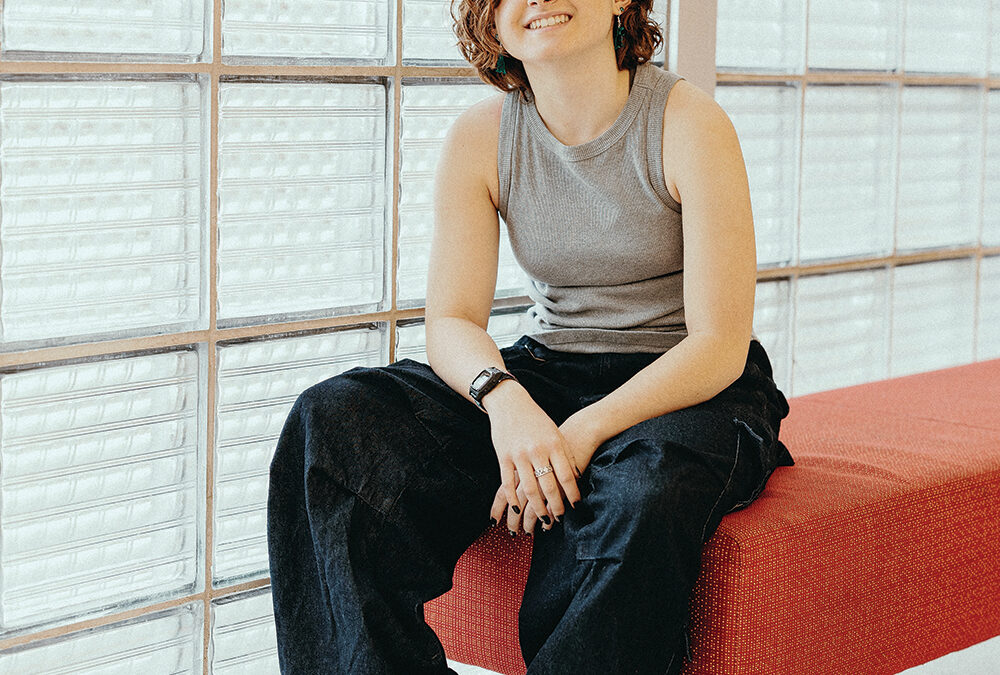
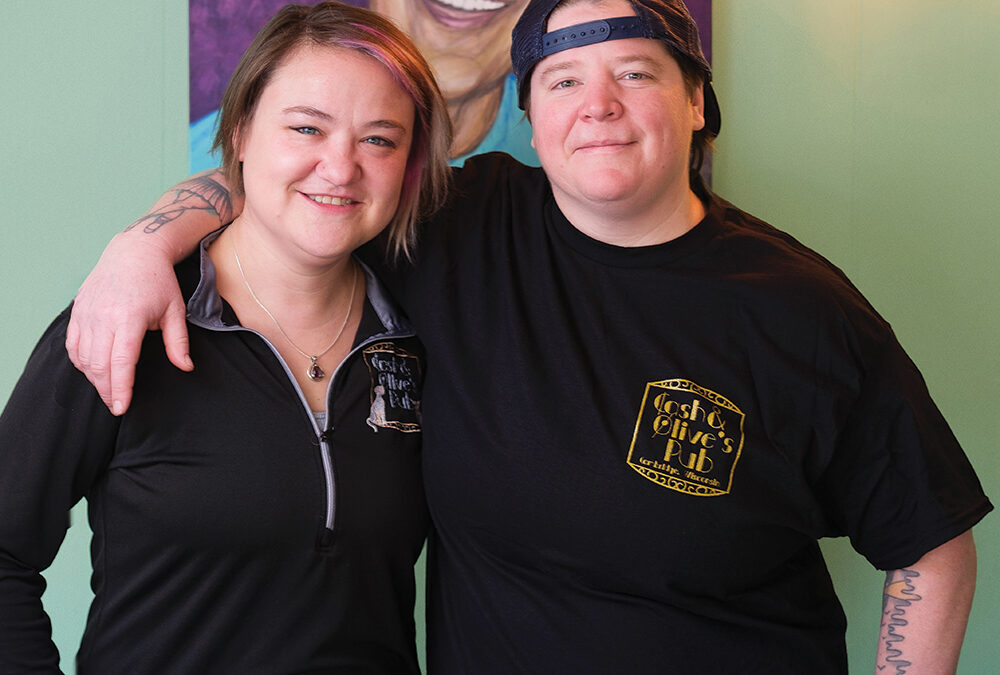

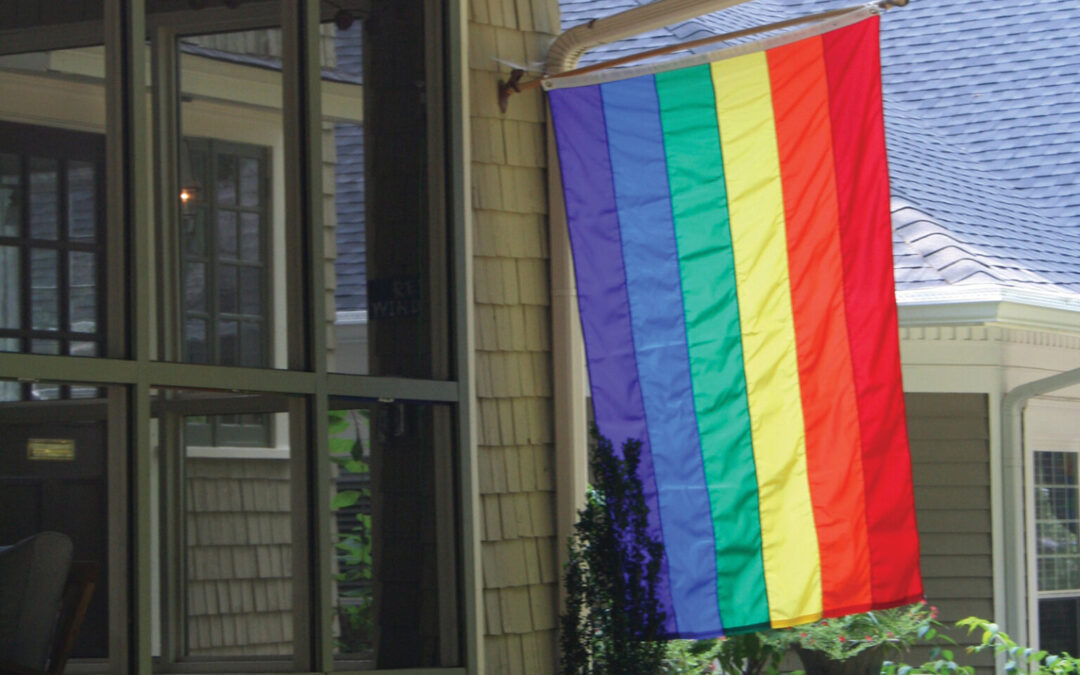
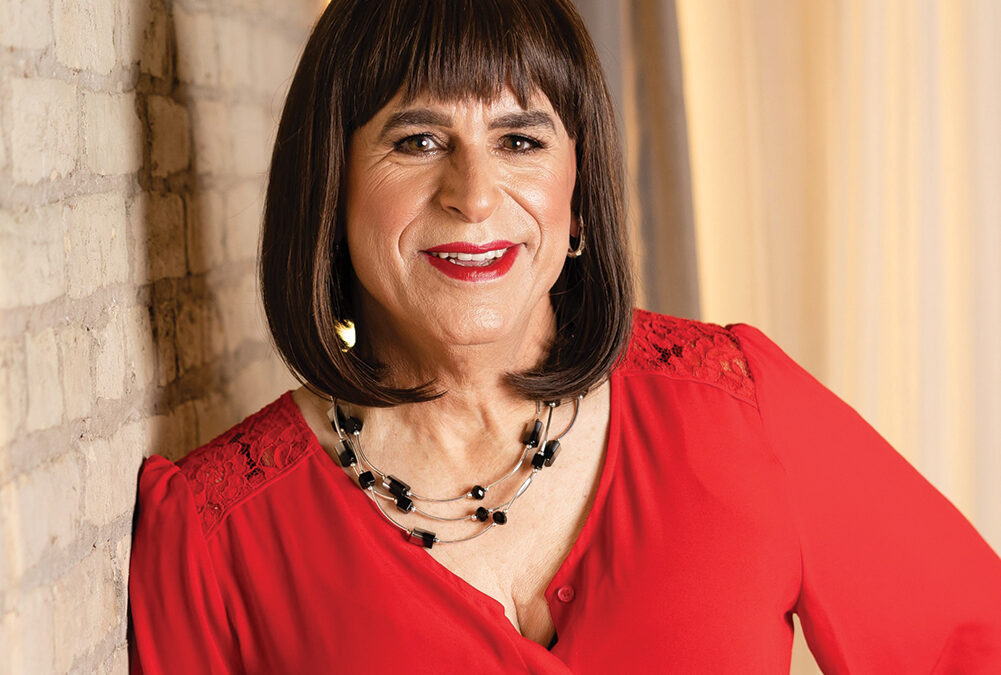
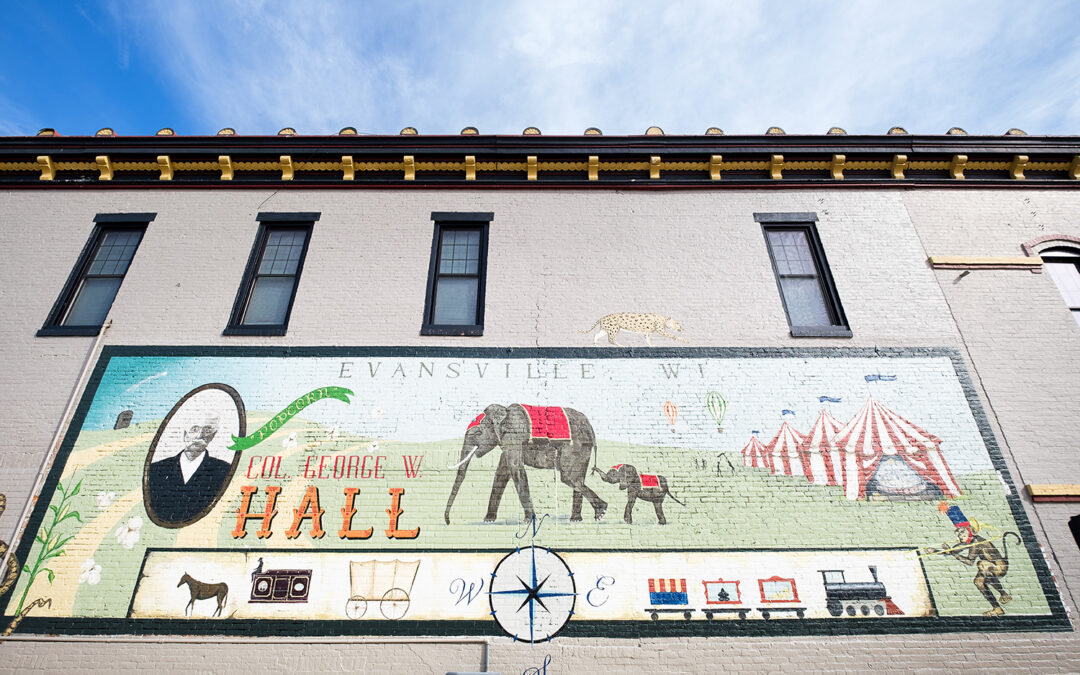











0 Comments